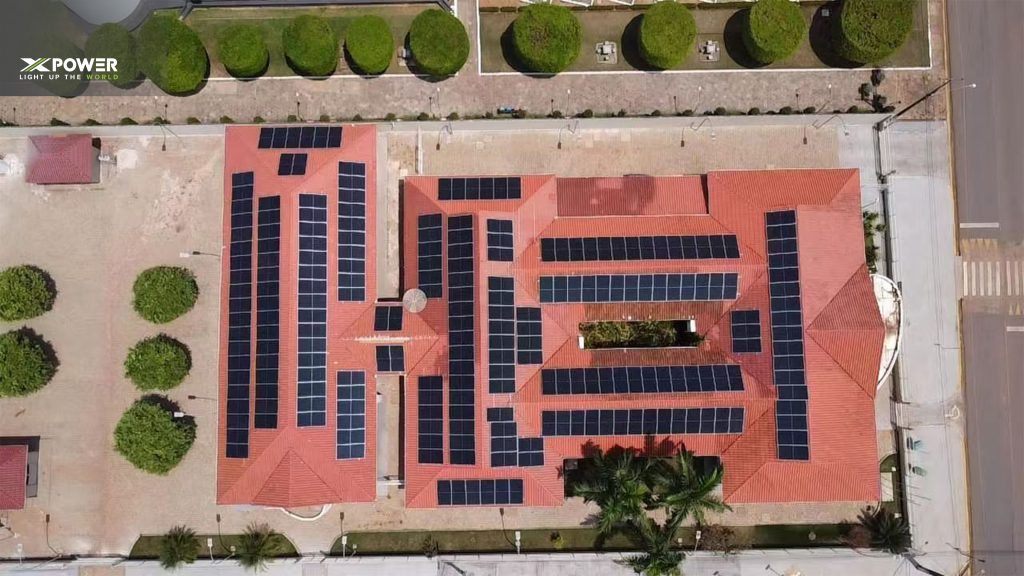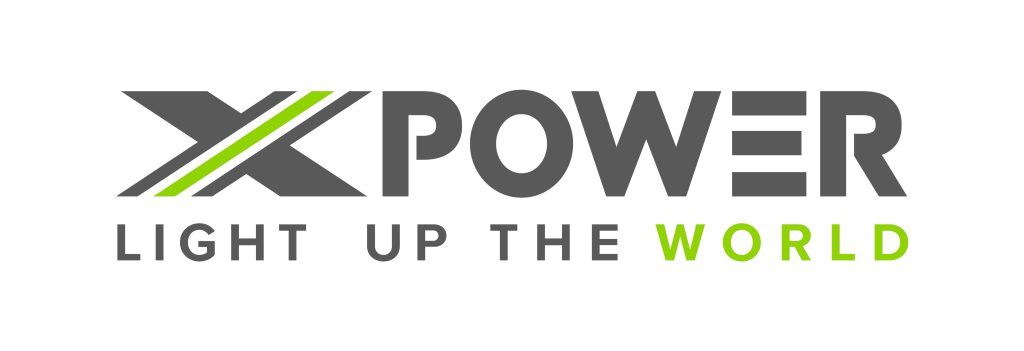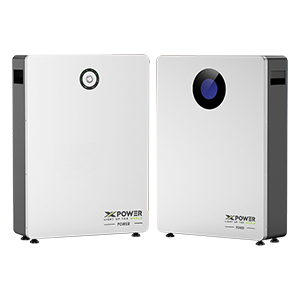Painéis solares HJT versus painéis de silício monocristalino tradicionais: custos de fabricação
Hora de lançamento: 2024-04-16
No cenário dinâmico da energia solar, a busca por tecnologias fotovoltaicas mais eficientes e econômicas levou ao surgimento de tipos inovadores de painéis solares. Uma dessas tecnologias, a HJT (Heterojunction Technology), atraiu atenção por seu potencial de fornecer maior eficiência e desempenho em comparação aos painéis tradicionais de silício monocristalino. Uma consideração crítica na avaliação da viabilidade e adoção de painéis solares HJT são seus custos de fabricação. Neste artigo, nos aprofundamos em uma comparação detalhada dos custos de fabricação de painéis solares HJT versus painéis tradicionais de silício monocristalino.

Painéis tradicionais de silício monocristalino
Painéis de silício monocristalino têm sido a pedra angular da indústria solar por décadas, valorizados por sua confiabilidade e desempenho estabelecido. O processo de fabricação de painéis de silício monocristalino envolve o crescimento de uma estrutura de cristal único a partir de uma fusão de silício, resultando em células solares de alta qualidade. Embora esses painéis ofereçam eficiência e durabilidade comprovadas, os avanços na tecnologia estimularam o desenvolvimento de alternativas que prometem maior eficiência e custos de fabricação potencialmente mais baixos.
Painéis solares HJT: eficiência e inovação
Os painéis solares HJT representam uma fusão de tecnologia de silício cristalino com tecnologia de película fina, visando atingir níveis de eficiência superiores. O processo de fabricação dos painéis HJT envolve a deposição de finas camadas de silício amorfo em ambos os lados de uma pastilha de silício cristalino, criando uma heterojunção. Essa abordagem inovadora reduz a quantidade de material de silício necessária, ao mesmo tempo em que melhora a absorção de luz e o transporte de elétrons, potencialmente levando a maior eficiência e economia de custos.

Principais fatores que afetam os custos de fabricação dos painéis HJT:
1. Eficiência de materiais: A tecnologia HJT utiliza técnicas de deposição de película fina, permitindo o uso de menos material de silício em comparação aos painéis tradicionais de silício monocristalino. Essa redução no uso de material pode resultar em economias de custo significativas durante a fabricação.
2. Eficiência de produção: Processos de fabricação eficientes, automação e economias de escala desempenham papéis cruciais na redução de custos de mão de obra e no aumento da produção, impactando assim os custos gerais de fabricação dos painéis HJT.
3. Equipamentos e Tecnologia: Investimentos em equipamentos e tecnologia avançados para deposição de filme fino e processamento de células são essenciais para atingir painéis HJT de alta qualidade. Embora os investimentos iniciais possam ser maiores, os avanços nas técnicas de fabricação podem levar a reduções de custos ao longo do tempo.
Análise Comparativa
Ao comparar os custos de fabricação de painéis solares HJT com os tradicionais painéis de silício monocristalino, vários fatores entram em jogo. Embora a tecnologia HJT possa implicar custos iniciais de configuração mais altos devido à necessidade de equipamentos e processos especializados, o potencial de economia de custos por meio da eficiência do material e maior eficiência da produção de energia pode torná-la competitiva a longo prazo.
Eficiência de custos:O uso da tecnologia de película fina em painéis HJT permite a otimização do uso de material, resultando potencialmente em menores custos de fabricação por unidade de potência de saída em comparação aos painéis tradicionais de silício monocristalino.
Ganhos de eficiência:A tecnologia HJT oferece a promessa de maiores níveis de eficiência, o que pode se traduzir em maior produção de energia e retornos financeiros ao longo da vida útil dos painéis, compensando os custos iniciais de fabricação.
Inovação e Pesquisa: A pesquisa e o desenvolvimento contínuos na tecnologia HJT são cruciais para impulsionar ainda mais reduções de custos e melhorias de desempenho, garantindo sua competitividade no mercado de energia solar.
Em conclusão, os custos de fabricação de Painéis solares HJT comparados aos painéis tradicionais de silício monocristalino são influenciados por vários fatores, como eficiência do material, processos de produção e avanços tecnológicos. Embora os custos iniciais possam variar, o potencial para maior eficiência e economia de custos no longo prazo posiciona a tecnologia HJT como um concorrente promissor no cenário de energia solar.
Abraçar a inovação e investir em tecnologias avançadas de painéis solares como a HJT é essencial para impulsionar a transição para um futuro de energia sustentável e renovável. Ao entender as nuances dos custos de fabricação e ganhos de eficiência associados a diferentes tecnologias de painéis solares, as partes interessadas na indústria de energia solar podem tomar decisões informadas para acelerar a adoção de soluções de energia limpa em todo o mundo.





